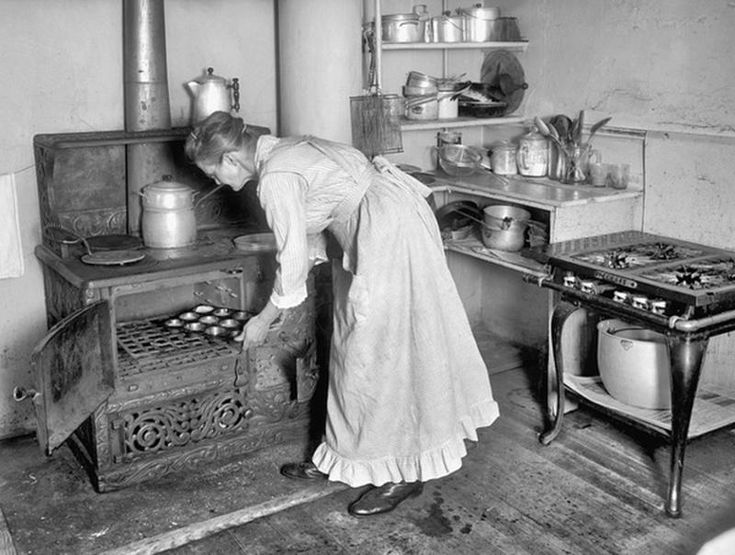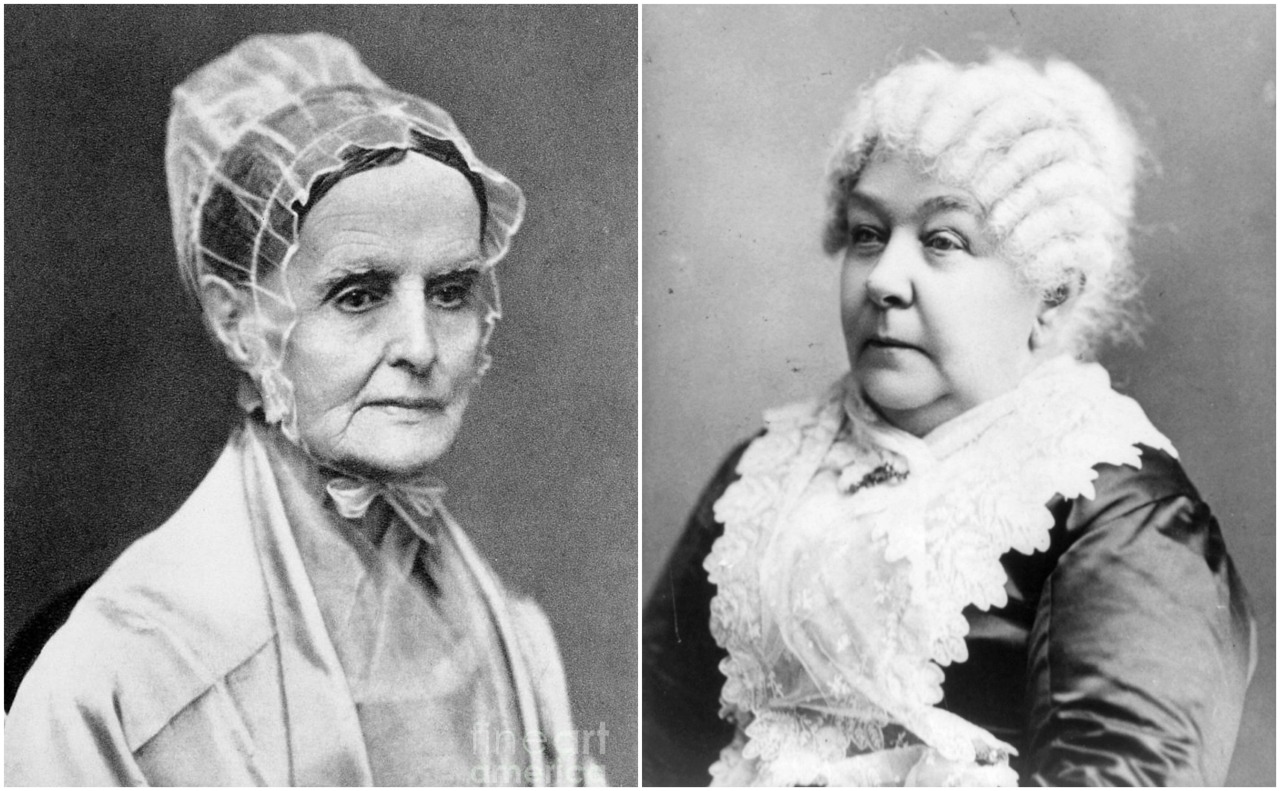Think About It
- What differences exist in the way women have been treated in America throughout history
- There was a time when women were not permitted to own property, vote, or go to college. Women were encouraged to get married and raise children and to leave other responsibilities in public to men.


Equal Rights
At a small tea hosted by Jane Hunt in 1848, Elizabeth Stanton, Lucretia Mott, and two other women had dinner together and discussed how frustrating it was to be treated as second-class citizens because they were women. The women were fed up with being cast aside. They were tired of having their property and money controlled by men, having limited employment options, being discouraged from attending college, and being prohibited to vote. This tea party led to bigger meetings with more women activists who felt the same way and wanted to do something about it. Susan B. Anthony joined this movement as well and, as a public speaker, was able to encourage more people to join the fight for equal rights for women. The movement gained momentum and even though the Civil War may have slowed down progress it did not stop the force behind the fight for equality for women.
